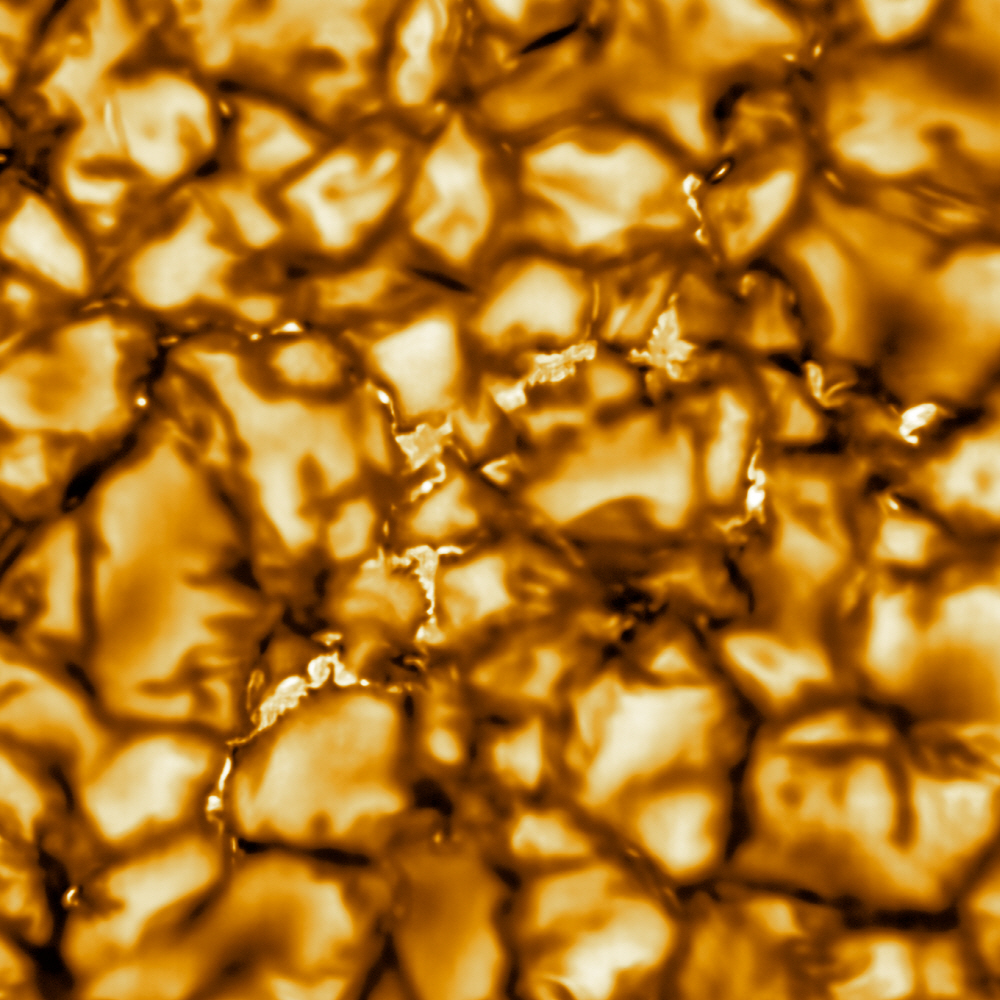
On January 29 (local time), the US National Science Foundation NSF released an image of the sun’s surface from 150 million kilometers away from Earth, taken with DKIST (Daniel K. Inouye Solar Telescope) built on Maui, Hawaii. NSF says this study will lead to a breakthrough in understanding the mystery of the sun.
The actual video looks like a bunch of tiny cells, but each of these cells is about the size of Texas. This is because it is aware that the plasma atmosphere on the surface, which looks like cells wriggling, is boiling.
The sun, the closest star to Earth, is a huge nuclear reactor that burns 5 million tons of hydrogen per second. Solar activity has been going on for 5 billion years, and it is estimated to continue until 4.5 billion years later. Life was sprouted on Earth by the light emanating from the sun. However, the need to study solar activity has been raised because solar activities such as solar flares exist that will adversely affect humanity. Solar flares are a phenomenon that has a great influence on electromagnetic devices such as computers, and in the past, they detonated mines installed in the sea.
To observe such solar activity, NFC installed DKIST, the world’s largest solar telescope, with a length of 4 m, on the top of Haleakalā, which is 3,000 m above sea level, meaning the house of the sun in Hawaiian. DKIST consists of a cooling system using ice generated at night and more than 100 devices and equipment as a countermeasure against the enormous heat generated by solar-focused condensing. Although DKIST’s image of the surface of the sun has already been released, we plan to add a device that measures the magnetic field from the surface of the sun to the ground and add functions.
NSF says that understanding the sun-produced space weather is more than 50 years behind the understanding of terrestrial weather, and that using DKIST to grasp the basic physics behind space weather. As the understanding of solar activity progresses, solar flares can be detected much faster than they are today. It is said that if solar flares can be detected in advance, countermeasures such as protecting critical infrastructure such as power grids will take time. Related information can be found here .


















Add comment